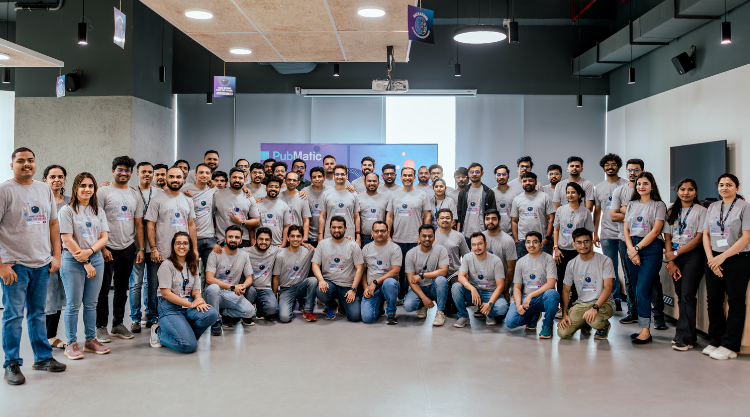The next chapter in the story of the open internet is still being written, but the smart money is on a future that is firmly centered around a more efficient and beneficial dynamic for advertisers, publishers, and consumers.
The open web represents exciting potential for independent solutions to come together to develop scalable solutions for addressability – in contrast with the walled gardens.
With seismic shifts disrupting the landscape, publishers, buyers and the ecosystem more broadly need to rethink data-driven advertising while placing consumer privacy and consent at the centre. Many approaches are being explored, from alternative identifiers based on email data, to reviving contextual targeting, to first party data. However, one thing remains true: there will not be a one-size-fits-all approach and therefore none of these should be explored in a silo.
As the industry is trying out new ways of working, SSPs are emerging as an increasingly important player in bringing publishers and data providers together to solve for identity and addressability. Their proximity to publishers, and thus consumers, means fewer hops around the ecosystem, making SSPs uniquely positioned to help solve for data control and data privacy protection.
Publishers and data providers are working closer than ever with their monetisation partners to understand the needs of the marketplace, optimise and make the most of their assets and to create premium, addressable content and audiences with their partners.
According to a recent survey of brand and agency-side buyers conducted by Digiday and PubMatic, first party data strategies and contextual solutions are a leading focus right now when it comes to addressability. Both are important components of a portfolio approach to addressability. That’s why PubMatic has created Connect, an audience data platform designed for publishers and data owners to expose their first-party audience segments and for buyers to activate against them at scale.
PubMatic collaborates cross-functionally with market leaders to develop and deploy transparent and scalable first-party segments that addresses the needs of buyers and sellers in a cookieless world.
Captify brings fresh, consented and cookieless search data to the mix from leading global and local publishers.
So, when Mercedes-Benz was launching a new SUV in Australia, they knew they needed to tap into a specific audience to drive sales. Foundation knew where to look: Captify and PubMatic.
Foundation used Captify’s pioneering Programmatic Search Intelligence to build high-value audience segments that were layered onto PubMatic’s premium inventory to create PMPs that constantly refresh based on active search intent.
“We need to reach the right consumers to deliver relevant ads, ensuring our campaigns are delivering ROI and consumers are enjoying a better ad experience. Audience data like Captify’s helps us reach those consumers and layering that data on at the supply level makes a lot of sense. With fewer hops around the ecosystem, using SSPs to layer on data segments helps us to control the data better, and delivers better campaign performance. We’re seeing higher match rates and improved engagement as a result.” said Ashley Wong, Head of Digital at Foundation.
PMP collaborations such as this bring buyers and sellers closer together – and the whole ecosystem benefits. Collaboration will help create a stronger, more sustainable advertising ecosystem that enables safe, data-driven advertising of the future and delivers future proofed data-driven advertising.
To find out more about how Captify and PubMatic can help you get better ROI from your campaigns and programmatic audience targeting, get in touch with our teams.
Originally published in AdNews





